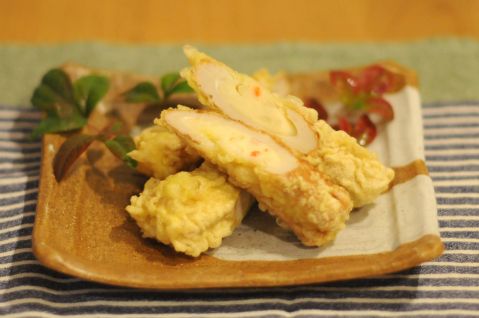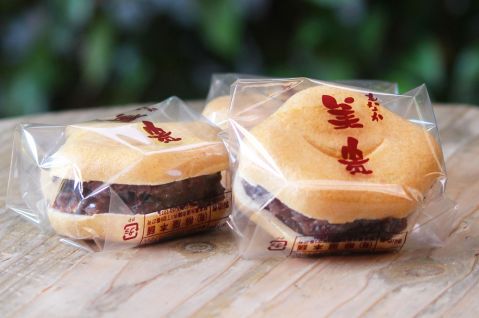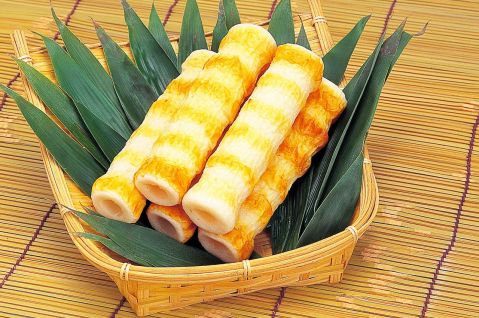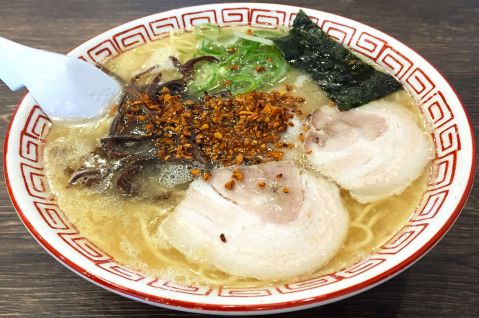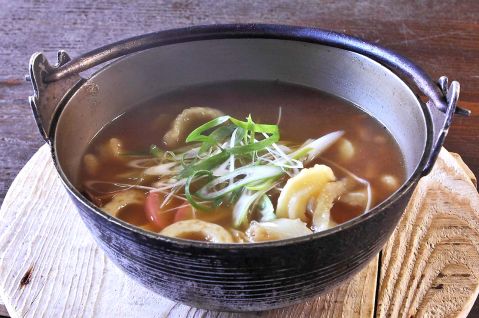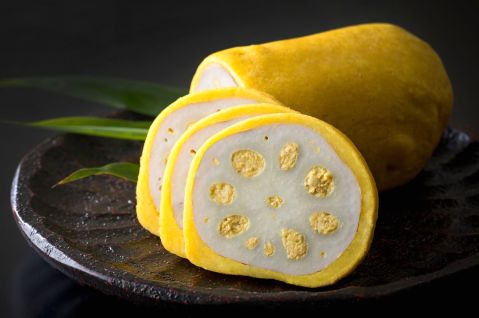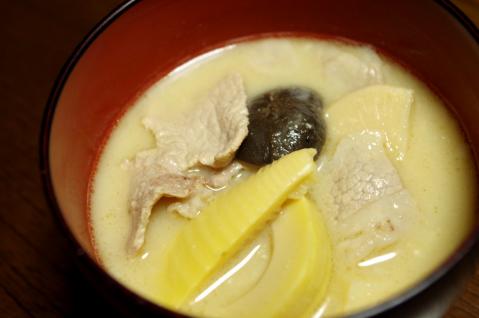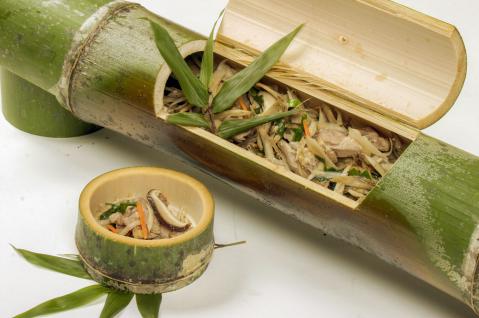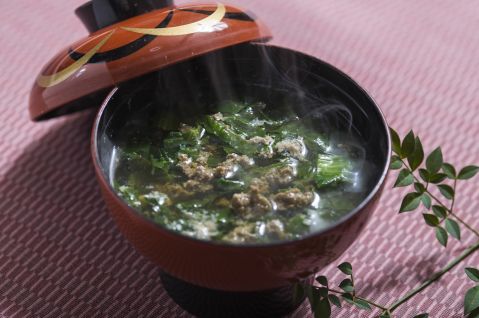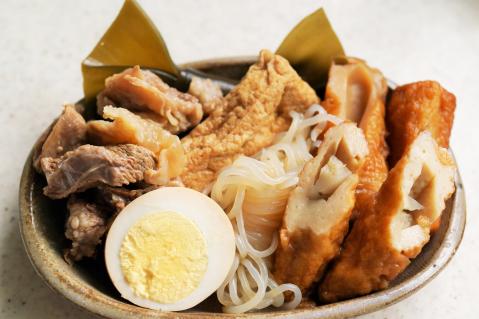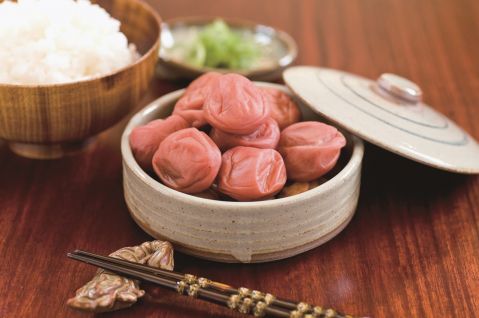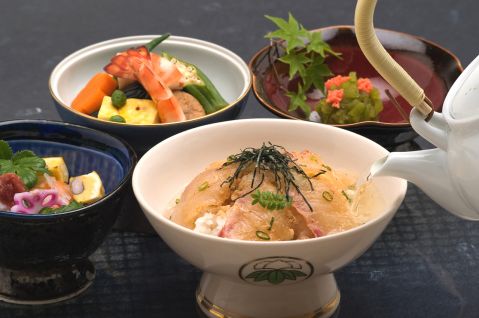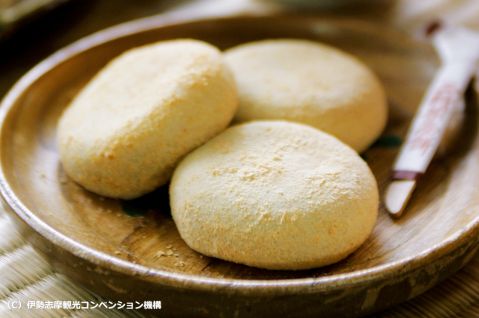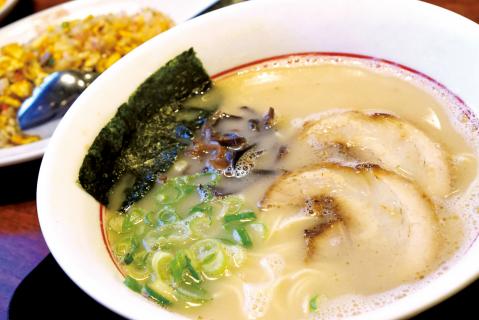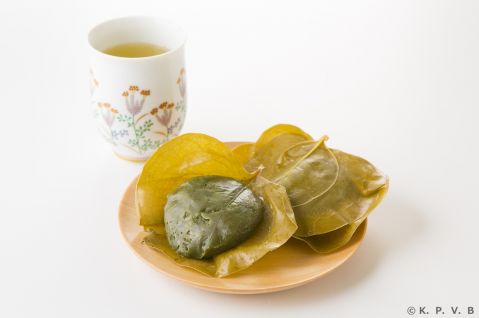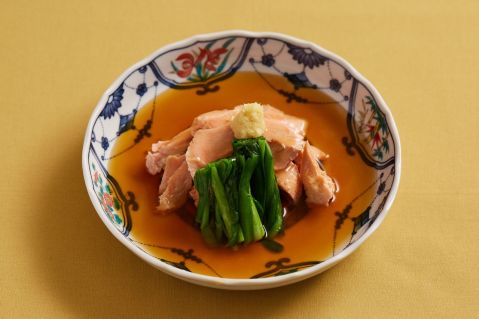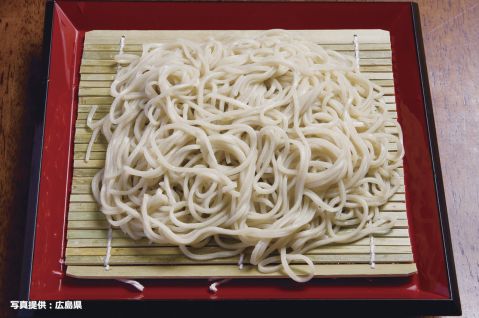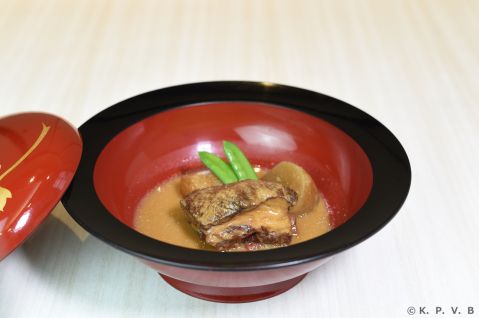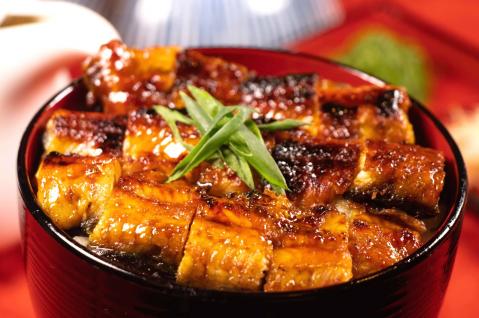Hone Kajiri
A bold dish where you savor bone-in meat with your hands
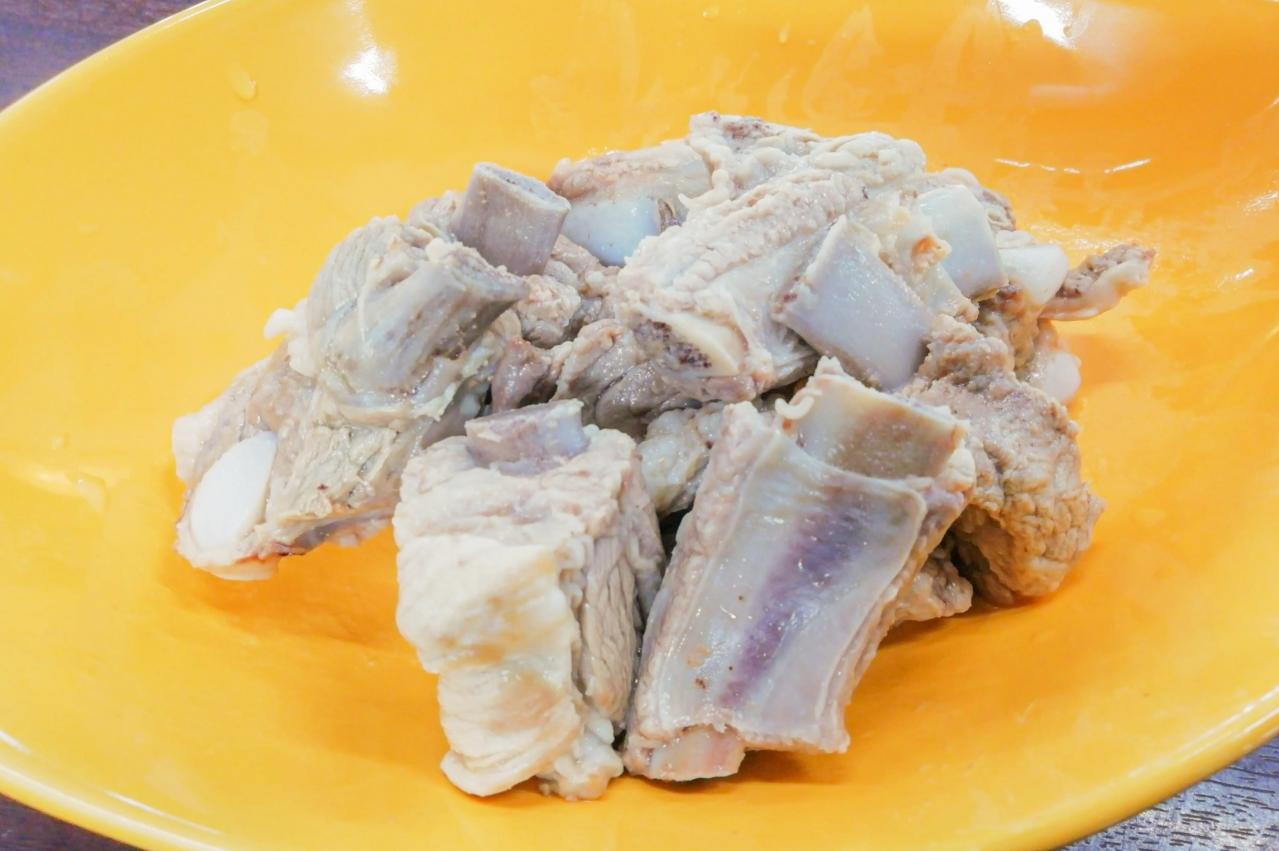
About Hone Kajiri
Hone Kajiri (骨かじり, Hone kajiri) is a traditional dish from the Hitoyoshi-Kuma region, particularly the Oku-Kuma area (Kamikuma, Yunomae Town, Taragi Town, and Mizukami Village).
This dish involves slow-cooking bone-in meat, such as pork or wild boar ribs, backbone, or pelvis, in a large pot of water for about 3 hours (depending on heat and size). During the cooking process, the broth is carefully skimmed of scum and fat. Once the meat becomes tender enough to fall off the bone, it is simply seasoned with salt. While it takes time to prepare, the result is melt-in-your-mouth soft, juicy meat packed with flavor. The name "Hone Kajiri," which translates to "gnawing on bones," comes from the way people eat it, enjoying every last bit of marrow from the bones.
The dish is said to have originated from the hunting culture of the region, where hunters used the leftover meat on the bones of wild boar or pork after butchering the animals. While the basic recipe calls for boiling the bones in water, variations include adding kombu (kelp), ginger, or other aromatic vegetables, as well as flavoring with Kuma Shochu (a local distilled spirit), soy sauce, or miso. The richly flavored broth extracted from the meat and bones can also enhance other dishes like ramen or hot pots.
Wild boar is typically enjoyed during the hunting season, but pork is prepared year-round, especially during local events and gatherings. The dish is traditionally eaten by grabbing the bone with your hands and biting off the tender meat around it. It pairs wonderfully with shochu, making it an excellent companion to a hearty drink.
Related videos
Reviews
There are no reviews yet.
Regional cuisine of Kumamoto region
Japanese Cuisine - Local cuisine
Kind of food
Recommended
-
![Niken Chaya Mochi]()
Niken Chaya Mochi
Mie / >Local cuisine -
![Nagahama Ramen]()
Nagahama Ramen
Fukuoka / >Ramen -
![Keshen Dango]()
Keshen Dango
Kagoshima / >Local cuisine -
![Harusame (Glass Noodles)]()
Harusame (Glass Noodles)
Nara / >Soba & Udon -
![Trout with Sweet Soy Sauce Glaze]()
Trout with Sweet Soy Sauce Glaze
Yamagata / >Seafood -
![Toyohira Soba]()
Toyohira Soba
Hiroshima / >Seafood -
![Tonkotsu]()
Tonkotsu
Kagoshima / >Local cuisine -
![Hitsumabushi]()
Hitsumabushi
Shizuoka / >Don dish
